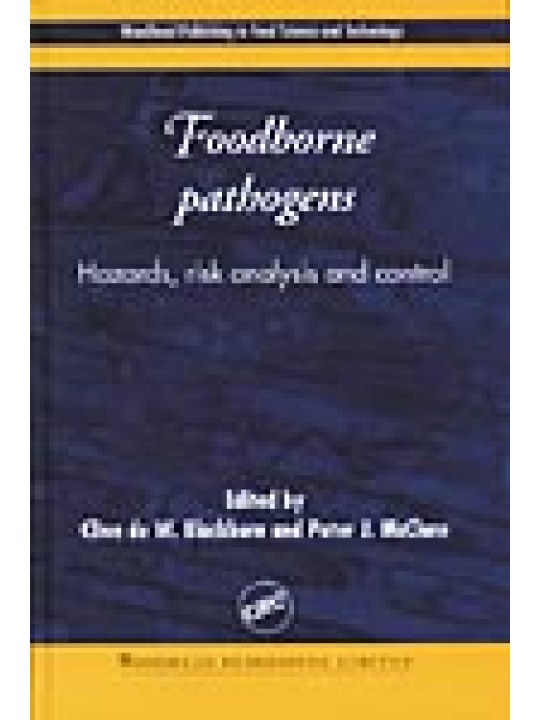Foodborne Pathogens: Hazards, Risk Analysis and Control (Παθογόνοι μικροοργανισμοί τροφίμων - έκδοση στα αγγλικά)
Foodborne Pathogens: Hazards, Risk Analysis and Control
Το έχεις διαβάσει; Γράψε πρώτος μια αξιολόγηση!
Περιγραφή
Σχετικές κατηγορίες
Άμεσα διαθέσιμο
- Τιμή ΕΜΒΡΥΟ: 250,15€
- 235,99€ + ΦΠΑ 6%

